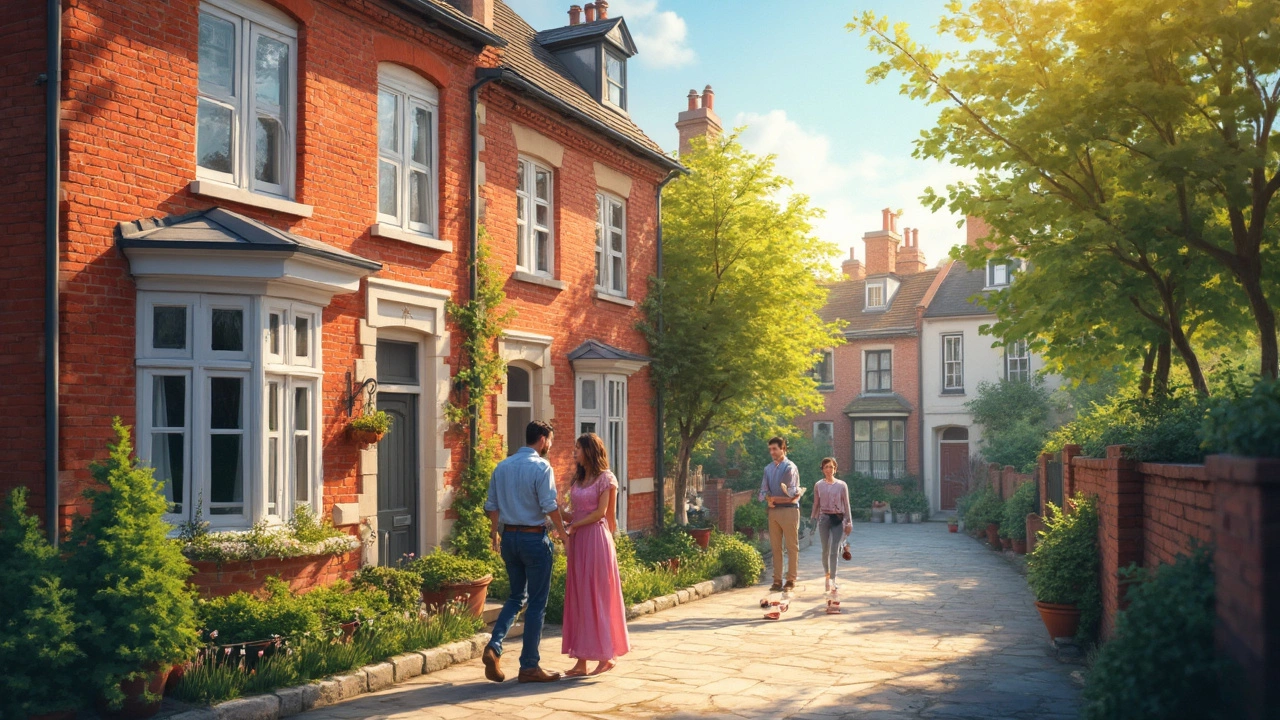10% Ownership: What It Means and How to Use It
If you’ve seen listings that ask for a 10% deposit, you’re probably wondering if that’s a rule or just a suggestion. In the UK, a 10% down payment is a common benchmark for many mortgages, but it’s not the only option. Understanding how a 10% stake works can help you decide whether it fits your budget and goals.
What Exactly Is 10% Ownership?
10% ownership usually refers to the amount of the purchase price you pay upfront as a deposit. For a £200,000 house, a 10% deposit is £20,000. The remaining £180,000 is covered by a mortgage. Some shared‑ownership schemes also let you buy a small share—often 10%—of a property and rent the rest, which can lower the amount you need to save.
Why Lenders Like 10% and What It Means for You
Lenders view a 10% deposit as a sign you’re committed and less risky. It can lower your interest rate compared with a 5% deposit, meaning lower monthly payments. However, you’ll still need to cover other costs like stamp duty, legal fees, and insurance. If you can’t reach 10%, there are government schemes such as Help to Buy that allow a 5% deposit, but you’ll pay a higher rate.
Having a 10% stake also builds equity faster. As you make mortgage payments, the part of the house you own grows, and you can later buy additional shares if you’re in a shared‑ownership deal. That way, you gradually increase your ownership without needing a huge lump sum all at once.
But remember, a larger deposit means less borrowing and less interest over the loan’s life. If you have the cash saved, aiming for 10% or more can save you thousands in the long run.
When you’re calculating affordability, factor in your monthly income, existing debts, and how much you can realistically set aside each month. Use a simple mortgage calculator: subtract the deposit, add estimated monthly costs, and see if the total fits your budget.
If you’re a first‑time buyer, talk to a mortgage adviser early. They can show you products that accept a 10% deposit and explain any government assistance you might qualify for. Some lenders even offer “price‑match” deals where they lower the rate if you find a better offer elsewhere.
In shared‑ownership, the 10% you purchase is just the start. You’ll pay rent on the remaining share, usually based on the market value. Over time, you can buy more shares, reducing the rent you pay. This method lets you get on the property ladder with a smaller upfront cost while still building equity.
To sum up, a 10% deposit is a solid target for most buyers because it balances affordability with lower loan costs. Whether you’re buying outright or entering a shared‑ownership scheme, understand the numbers, explore available help, and plan your budget carefully. The right approach can get you the keys faster and keep your finances healthy.

Understanding 10% Ownership in Shared Ownership Homes
Owning 10% of a shared ownership home means you have a stake that allows you to live in the property while paying a reduced rent on the remaining portion. This article explores how 10% ownership works, its benefits, potential pitfalls, and essential tips for prospective buyers. Learn why this option might be suitable for you and how it impacts your finances and long-term plans. Whether you're transitioning from renting or just starting on the property ladder, understanding the dynamics of this partial ownership is crucial.